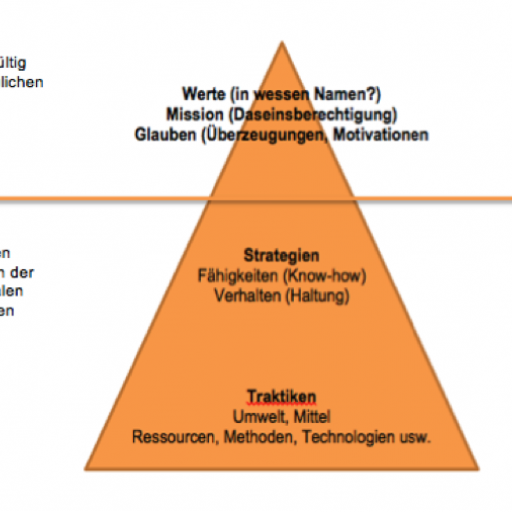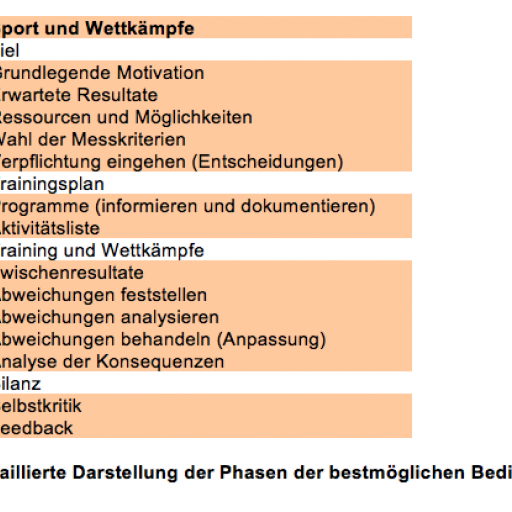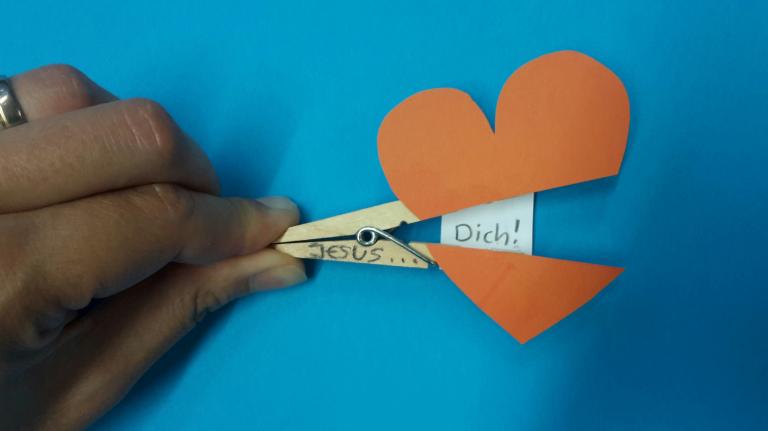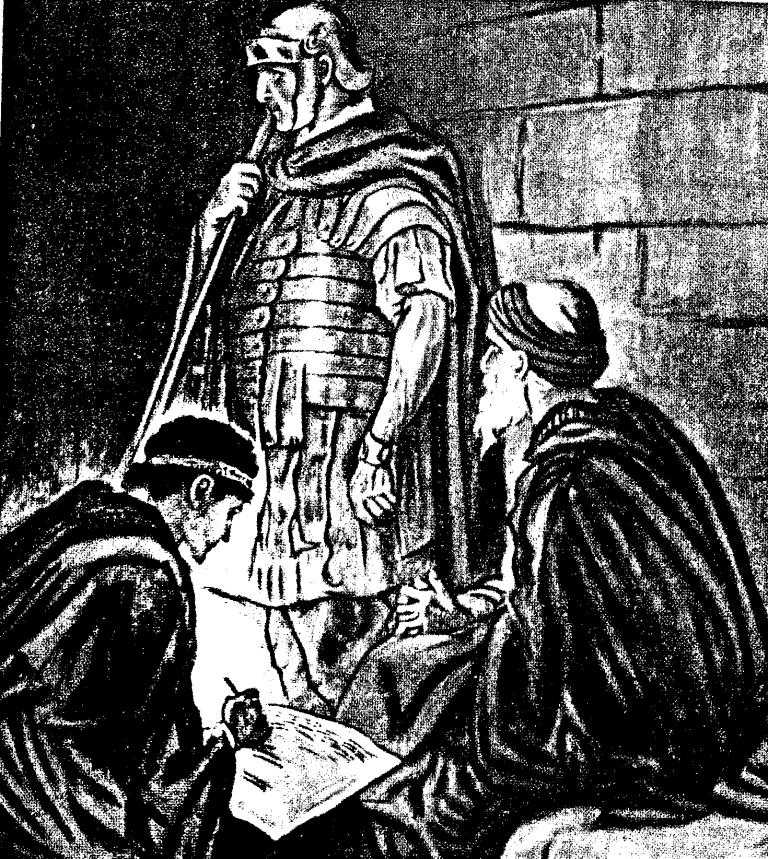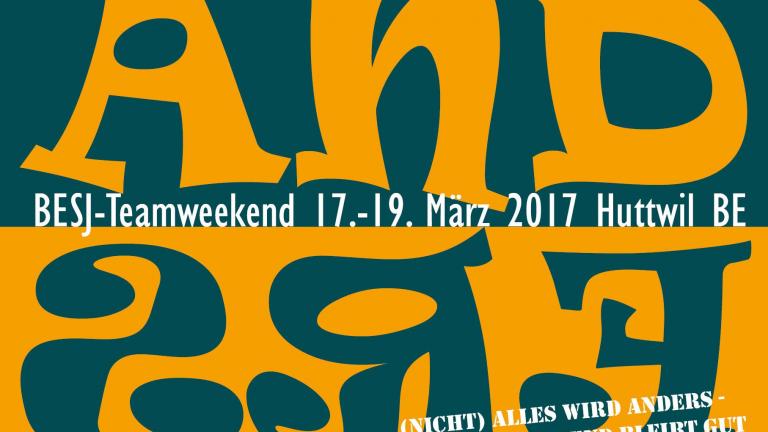The keys to perfection
A team is at its best when it benefits from the strengths of each individual. But what does this mean in practice? Bertrand Théraulaz, volleyball coach and coordinator of Swiss Olympic's French-language coach training program, knows the way. It leads through commitments.
"To find out who can do what for the team and how, you need a team project." As a former top volleyball coach - alongside Georges-André Carrel - Bertrand Théraulaz knows what he is talking about. The level of the team doesn't matter: the players, coaches, board and other people involved must have a shared vision. "For a team to function successfully, you have to take time to discover shared values. Too often, the first thing you worry about is the environment and the resources available. If a problem then arises, such as inadequate results, the reasons cannot be explained and everyone blames the others."
A compass for the team
The training conditions - training sessions, available coaches, equipment, etc. - vary from team to team. So there is no one-size-fits-all solution. However, if the behavior of the players and their different personalities can be placed at the service of common values, important steps towards success have already been taken.
According to Bertrand Théraulaz, seeking and finding common values is a top priority. Values that players - and their entire environment - want to fight for. As abstract as it sounds, the "virtual" must first be constructed (see Fig. 1). However, it is well known that terms are interpreted differently. They must therefore be collected, discussed and sorted in order to become an internal compass for the team or club. Everyone must be able to refer to them at any time in order to determine whether or not they support the shared values with their attitude or performance.
Sport as a mission
Once the team has found common values, it must become clear about its task, its raison d'être, the results it wants to achieve and its goals. "As a concrete example, I would mention the task that the Swiss men's national volleyball team - which has been actively involved in the sport again since this year - has set itself. On the one hand, they want to show the public that they are back in full swing, and on the other hand, they want to inspire the next generation in particular."
But coaches, teachers and managers also have a clear task to perform. First and foremost, the players and their own resources must take center stage before the coach's personal goals are pursued.
Autonomy instead of hierarchy
A team project - and thus the definition of shared values - is one of the ways to get the team excited about one and the same thing. It is then no longer a question of how a problem should be tackled. The team project is the framework and the guiding railing for this. "The project promotes the freedom of each individual within the general boundaries. Every player should be allowed to develop their performance to the full." For Bertrand Théraulaz, it is important that every player takes responsibility. For him, this is one of three keys to perfection. "The first is transparency in the team, the second is developing freedom and responsibility and the third is finally making the best possible use of the players' differences. This is only possible if you replace hierarchies with autonomous teams." This has a gratifying effect: the release of unimagined powers in every player.
Calling a spade a spade
A team project is divided into several phases. In reality, the first phase is often not fully realized. After the initial euphoria at the start of the season, it is often assumed that everyone has the same motivation. In reality, however, this is not the case. It is then enough to lose two games in a row to realize that the togetherness is purely superficial. The players do not base their decisions on the same foundations and the compass that guides them and brings them back together is missing. The "best possible conditions" model by Alain Mounir (MCP©, used in French-language coach education) illustrates the different phases as they ideally take place (Fig. 2).
When you consider everything that should take place in the first phase, it becomes clear that time needs to be invested there. It is very important to communicate clearly and unambiguously. "The trainer must guarantee that things are called by name, because the unsaid often harbors the greatest dangers."
Bertrand Théraulaz is a trainer, lecturer and sports teacher at FOSPO. The Y+S head of volleyball specializes in individual differences in motor development.
Alain Mounir is a consultant, trainer and coach. He works both as an entrepreneur and in Swiss Olympic coach training.
No sooner said than done!
How should you approach a team project? Alain Mounir uses a simple method, tested by Bertrand Théraulaz, which involves everyone involved.
1. The players write down the values they want to fight for during the season. One value per sheet, in capital letters.
2. Collect the papers and spread them out on the floor.
3. The team is given the following tasks (time: 20 minutes):
- Organize the values into four groups
- Place the most important value of the group at the top, followed by a discussion, everyone should participate
4. The behaviors and attitudes that are necessary for each value are put into words. The three most important are selected by the team. Examples of key attitudes:
- Flow: focus, have fun, infect others
- Exchange: communicate, listen, open up
- Teamwork: respect others, take responsibility, support
- Pursuing a goal: Have self-confidence, criticize yourself, work
Bibliography Whitmore, J.: Coaching für die Praxis, Frankfurt, Campus Verlag, 1995 Blanchard, K.: Management durch Empowerment, Reinbek b. Hamburg, Rowohlt Verlag, 1999
Mounier, A.: 4 intelligences ... à temps! Vevey, Ed. CDO, 2001
Théraulaz, B.: Understanding and teaching volleyball. Federal Office of Sport Magglingen, 2003, Order No. 30.841.500d
Source reference:
Contents: Youth+Sport, mobile 1, Dec. 2004, COMMITMENTS
Author: Véronique Keim
copyright: www.mobile-sport.ch
Picture: www.juropa.net
Content may be automatically translated. Help improve the quality of the translation with your editing!

